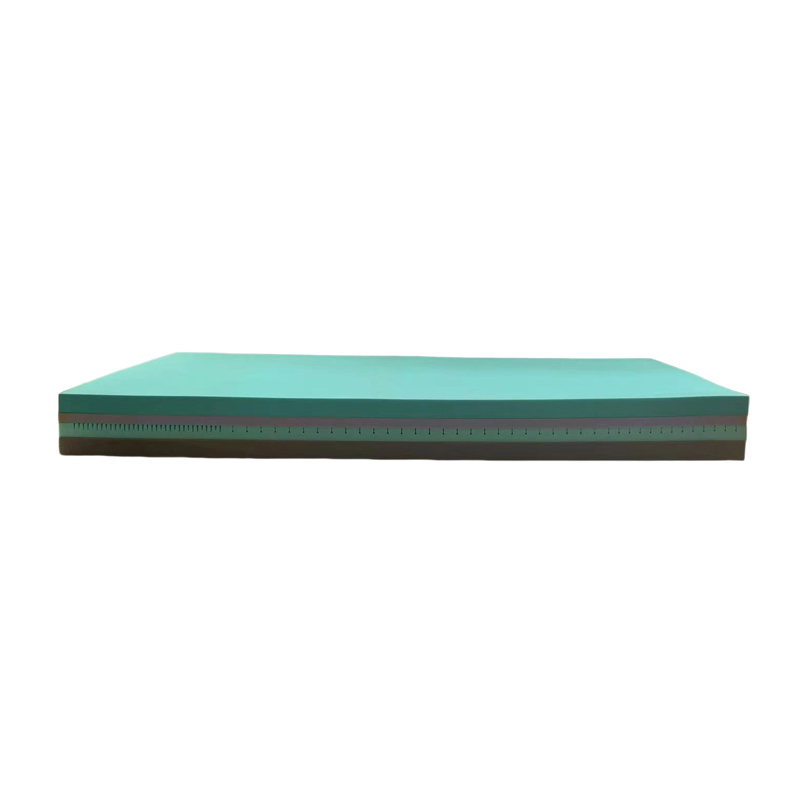pressure injury care
Pressure Injury Care Prevention and Management
Pressure injuries, also known as pressure ulcers or bedsores, are localized areas of tissue damage that occur when skin and underlying tissues are compressed between a bony prominence and an external surface. These injuries are particularly prevalent among individuals with limited mobility, such as the elderly, those with spinal cord injuries, or patients in long-term care settings. Effective pressure injury care is essential for preventing these injuries and promoting healing in affected individuals.
Prevention is the cornerstone of pressure injury care. Regular repositioning of patients is crucial to alleviate pressure on vulnerable areas. Healthcare providers should implement a repositioning schedule, typically every two hours, to ensure adequate blood circulation to the skin. Additionally, using specialized surfaces such as pressure-relieving mattresses and cushions can significantly reduce the risk of pressure injuries by distributing body weight more evenly.
Skin assessment is another vital aspect of pressure injury care. Caregivers should conduct routine inspections of the skin, particularly in high-risk areas like the sacrum, heels, and elbows. Early detection of redness or skin changes is key to preventing the progression of pressure injuries. Education and training for both healthcare personnel and family members are essential to raise awareness about the importance of monitoring skin integrity.
pressure injury care

Once a pressure injury has developed, prompt and proper management is critical. This includes cleaning the wound with saline or a suitable wound cleanser, applying appropriate dressings, and ensuring a moist healing environment. The choice of dressing can depend on the type and severity of the injury. For example, hydrocolloid or foam dressings may be used for moderate exudate, while alginate dressings are beneficial for wounds with significant drainage.
Nutritional support also plays a significant role in pressure injury recovery. Patients should receive adequate protein, vitamins, and minerals to enhance wound healing. Collaboration with dietitians may be necessary to develop personalized nutrition plans.
In conclusion, effective pressure injury care encompasses preventive measures, vigilant skin assessment, timely management of existing wounds, and nutritional support. By prioritizing these aspects, healthcare providers can significantly reduce the incidence of pressure injuries and improve the quality of care for at-risk populations. Awareness and education among caregivers and families can further strengthen these efforts, fostering a holistic approach to pressure injury prevention and management.
-
Mattresses Designed for Back Pain ReliefNewsAug.08,2025
-
Innovative Wave Mattresses for Ultimate ComfortNewsAug.08,2025
-
High-Quality Mattresses for Hospital BedsNewsAug.08,2025
-
High-Quality Mattresses for Every NeedNewsAug.08,2025
-
Healthcare Foam Mattress: Sleep Better, Heal FasterNewsAug.08,2025
-
Cube Mattress for Daily ComfortNewsAug.08,2025
-
How Hospital Mattress Choices Directly Impact Patient Comfort and CareNewsAug.05,2025

